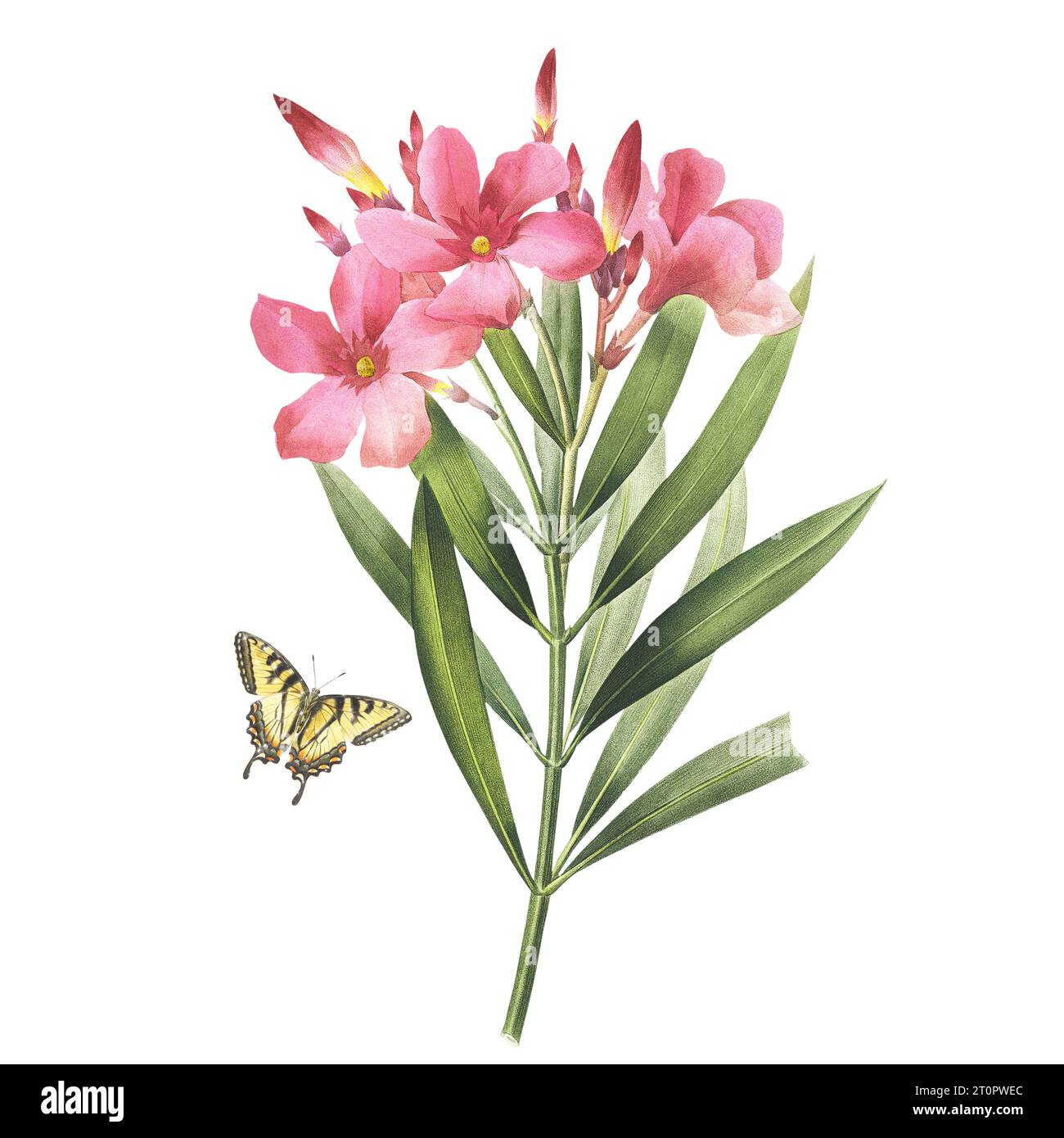Isabel De Negri: Renowned Botanical Artist And Nature Enthusiast
Isabel De Negri: A Botanical Artistry Pioneer
Editor's Note: With a lifelong passion for plants and nature, Isabel De Negri left an indelible mark on botanical art. As an accomplished botanical artist and nature enthusiast, her contributions to science and art continue to inspire and educate.
After extensive research and analysis, we've compiled this guide to delve into Isabel De Negri's remarkable life and its significance, providing valuable insights for nature enthusiasts and art aficionados alike.
Commencing our exploration, let us uncover Isabel De Negri's early life and influences, which shaped her passion for botanical art...
FAQ
In this section, we delve into some of the most frequently asked questions regarding the fascinating world of botanical art and nature. Whether you're a budding artist, a seasoned naturalist, or simply someone curious about the beauty of the natural world, these FAQs aim to provide insightful answers.
Question 1: What are the essential skills required for botanical art?
Botanical art demands meticulous observation, technical precision, and a deep understanding of plant morphology. Artists must possess strong drawing and painting abilities, an eye for detail, and a profound knowledge of plant anatomy and taxonomy.
Question 2: What are the different mediums used in botanical art?
Botanical artists employ a wide range of mediums, including watercolor, gouache, pencil, charcoal, and digital tools. Each medium offers unique characteristics and expressive possibilities, allowing artists to capture the intricate details and vibrant colors of plants.
Question 3: How can botanical art contribute to scientific research?
Botanical art serves as a valuable tool for scientific documentation and communication. Accurate and detailed botanical illustrations can aid in plant identification, classification, and the study of plant diversity. They also contribute to the preservation of knowledge about endangered and threatened species.
Question 4: What are the career prospects for botanical artists?
Botanical artists find employment in various fields, including scientific illustration, education, publishing, and conservation. They collaborate with botanists, naturalists, and other experts to create visually stunning and scientifically accurate representations of the plant world.
Question 5: How can beginners get started with botanical art?
Aspiring botanical artists can begin by observing and sketching plants from life. Joining workshops or taking online courses can provide guidance and support. Studying plant anatomy, practicing drawing techniques, and experimenting with different mediums are also essential.

botanical art – Dewsp - Source www.xtffaz.co
Question 6: What are the benefits of nature journaling?
Nature journaling combines art and science, encouraging individuals to connect with the natural world and document their observations. It fosters mindfulness, improves observation skills, and promotes a deeper appreciation for biodiversity.
In conclusion, botanical art and nature studies offer a wealth of opportunities for exploration, learning, and creative expression. By engaging with the natural world through these artistic and scientific endeavors, we not only gain a greater appreciation for its beauty but also contribute to its conservation and understanding.
Transition to the next article section: Explore the wonders of the natural world through the lens of botanical art and nature enthusiasts. Discover captivating stories, inspiring artwork, and practical tips to enhance your connection with the environment.
Tips
Renowned botanical artist and nature enthusiast, Isabel De Negri, shares valuable tips for aspiring artists and nature lovers.

Holly Somerville Botanical Artist Of Illustrations, Paintings - Fern - Source www.pinterest.pt
Tip 1: Observe Nature Closely
Develop a keen eye for details by spending time observing plants in their natural habitats. Notice the subtle variations in colors, textures, and shapes.
Tip 2: Use Quality Materials
Invest in high-quality pencils, paints, and brushes to ensure precise and vibrant artworks. Experiment with different materials to find what suits your style best.
Tip 3: Practice Regularly
Consistent practice is crucial for improving skills and developing a distinct artistic style. Dedicate time to sketching, painting, and studying botanical illustrations.
Tip 4: Capture Essence, Not Just Form
Strive to convey the essence of plants beyond their physical characteristics. Study their growth patterns, habitats, and relationships with other organisms.
Tip 5: Use Technology to Your Advantage
Leverage digital tools for reference, inspiration, and sharing your artwork. Explore online botanical databases, join virtual communities, and utilize photo editing software to enhance your creations.
Tip 6: Seek Feedback and Inspiration
Share your artwork with others to receive constructive criticism and gain fresh perspectives. Attend workshops, exhibitions, and connect with fellow artists for inspiration and support.
Summary
By following these tips, aspiring botanical artists and nature enthusiasts can elevate their skills, deepen their understanding of the plant world, and create stunning and meaningful artworks that inspire and educate.
Isabel De Negri: Renowned Botanical Artist And Nature Enthusiast
Isabel De Negri's contributions to the field of botanical art and her passion for nature solidify her as a renowned artist and naturalist. This content explores six key aspects that highlight her multifaceted work:
- Botanical Accuracy: Her paintings capture the intricate details of plant life with scientific precision.
- Artistic Expression: De Negri's botanical studies transcend mere documentation, showcasing her artistic sensibilities and creativity.
- Environmental Advocate: Her artwork raises awareness about threatened plant species and the importance of conservation.
- Educator and Mentor: She generously shared her knowledge through workshops and guided aspiring botanical artists.
- Legacy and Recognition: De Negri's work has earned critical acclaim and is preserved in renowned collections worldwide.
- Conservation through Art: Her paintings serve as a powerful tool for documenting and promoting the preservation of endangered flora.
Isabel De Negri's meticulous botanical renderings not only exemplify her artistic prowess but also serve as a vital record of the natural world. Her commitment to accuracy and artistic expression has earned her a distinguished place in the annals of botanical art. Her passion for nature extends beyond her canvas, as she actively advocates for environmental conservation and inspires others to appreciate the beauty and diversity of plant life. Her work stands as a testament to the profound connection between art and science, highlighting the essential role of both in promoting our understanding and appreciation of the natural world.

Happy Photo Enthusiast Enjoy Photography on Cliff on Rock Stock Photo - Source www.dreamstime.com

Nature Enthusiast's Botanical Gardener Eco-Friendly Tee - Walmart.com - Source www.walmart.com
Isabel De Negri: Renowned Botanical Artist And Nature Enthusiast
Isabel De Negri, a true pioneer in her field, was a renowned botanical artist and nature enthusiast. Her meticulous artworks, capturing the delicate beauty of plants with scientific precision, not only showcased her artistic talent but also reflected her deep passion for the natural world.

Oleander botanical illustration of Pierre-Joseph Redoute, royal - Source www.alamy.com
De Negri's insatiable thirst for knowledge led her to explore various aspects of botany, contributing to a better understanding of plant life. Through her detailed illustrations, she preserved the intricacies of plant structures and morphology for future generations.
Conclusion
Isabel De Negri's legacy extends beyond her exquisite artwork. Her dedication to botanical accuracy inspired countless students and fostered a greater appreciation for the natural world.
Her work underscores the importance of documenting and preserving the diversity of plant life, a crucial step in understanding the delicate balance of nature and safeguarding its future.
KTM Bike Shop Near You: Find Your Perfect Ride, Jacinta Price: A Trailblazing Indigenous Leader In Australian Politics, 4K Ultra HD Security Camera: Advanced Home And Business Surveillance Solution, Kedron Fire | Major Blaze Consumes Industrial Complex In Queensland, Australia, Owen Crippa: Italian Distance Running Phenom And European Champion, Sandra Mihanovich: The Enchanting Voice Of Argentine Pop Music, Real Sociedad Vs Getafe: La Liga Clash At Reale Arena, Southampton Clash With Newcastle In The Premier League: Match Preview And Analysis, Lidia Catalano: Award-Winning Vocalist And Music Educator, MCA Vs MBA: Which One Is Right For You?,